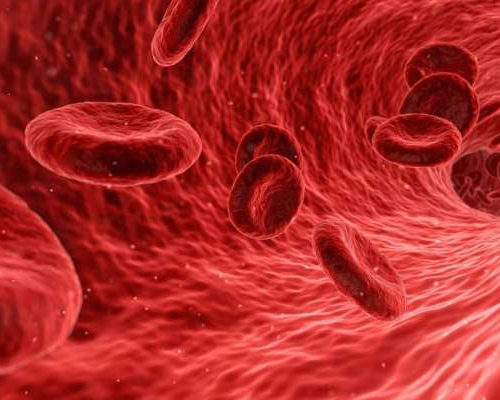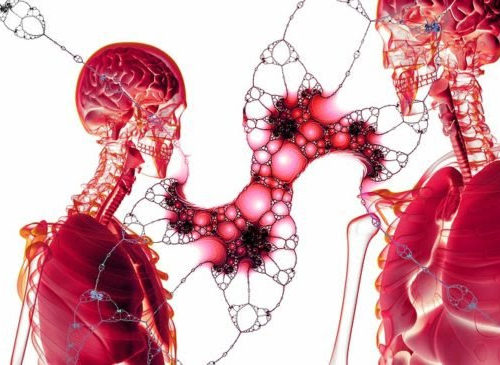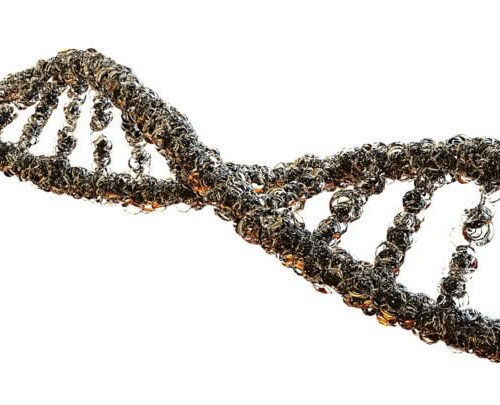by Albert Einstein College of Medicine Credit: CC0 Public Domain The hematopoietic (blood-forming) stem cells (HSCs) residing in our bone marrow produce all of our blood cells, including key immune cells that protect us from bacteria and viruses. As we age, our HSCs become less efficient and less able to make healthy new blood cells. In...
Category: <span>Anti-aging</span>
Nanomaterials for the Clearance of Senescent Cells
Senescent cell accumulation is a contributing cause of aging, and targeted destruction of senescent cells with senolytic therapies produces meaningful rejuvenation and reversal of age-related disease in animal models. First generation senolytics are largely repurposed small molecules. Second generation senolytics will include a range of more carefully designed strategies, including the nanoparticles allowing for selective...
Resveratrol is Not an Effective Calorie Restriction Mimetic
Resveratrol and derived molecules were for a time excessively hyped as a means to trigger some of the beneficial metabolic response produced by calorie restriction, by acting on sirtuins, and thus have a positive impact on aging. The company Sirtris was founded to develop this area of research into a therapeutic, its backers did a great deal to promote the aforementioned excessive...
A Proof of Concept Attempt to Assess the Impact of First Generation Senolytic Drugs by Looking at Past Usage
Senolytic drugs are those capable of selectively destroying senescent cells. A range of such therapies are at various stages of development, including those that have reached initial human clinical trials. Senescent cell accumulation is an important cause of degenerative aging, and the removal of such cells via senolytic treatments has been shown to produce rejuvenation and extension of life in animal...
Bone fracture risk may increase when critical enzymatic processes decline
RENSSELAER POLYTECHNIC INSTITUTE TROY, N.Y. — A loss of enzymatic processes within the body can increase a person’s risk of bone fracture. This new insight was recently published in eLife by an international team of scientists and engineers led by Deepak Vashishth, the director of the Center for Biotechnology and Interdisciplinary Studies (CBIS) at Rensselaer Polytechnic Institute....
Resveratrol is Not an Effective Calorie Restriction Mimetic
Resveratrol and derived molecules were for a time excessively hyped as a means to trigger some of the beneficial metabolic response produced by calorie restriction, by acting on sirtuins, and thus have a positive impact on aging. The company Sirtris was founded to develop this area of research into a therapeutic, its backers did a great deal to promote the aforementioned excessive hype, the...
A Proof of Concept Attempt to Assess the Impact of First Generation Senolytic Drugs by Looking at Past Usage
Senolytic drugs are those capable of selectively destroying senescent cells. A range of such therapies are at various stages of development, including those that have reached initial human clinical trials. Senescent cell accumulation is an important cause of degenerative aging, and the removal of such cells via senolytic treatments has been shown to produce rejuvenation...
Axin for a friend: Protein could hold the key to longer, healthier life
Axin is a VIP – a Very Important Protein. It’s essential to the development of an embryo. It’s a key player in allowing the body’s cells to divide without going haywire and forming a tumour. It regulates the body’s production of lipids, or fats, which can affect aging. Image credit: Pixabay (Free Pixabay license) Essentially,...
The Body is a Network: Cell Signaling in Age-Slowing Interventions
The authors of this open access papers discuss the prominent role of cell signaling in the better known classes of intervention that have been shown to slow aging in worms, flies, and mice. The body is a network in which cells in one tissue influence the behavior of cells in other tissues via the signal molecules and vesicles that...
GATA6 in the Mechanisms of Functional Rejuvenation of Cell Properties via Reprogramming
Here, researchers explore the mechanisms governing changes in cell behavior during reprogramming. Many of the aspects of aging found in cells taken from old tissues can be reversed via the process of reprogramming these cells into induced pluripotent stem cells. Mitochondrial function is restored to youthful levels, for example, as well as much of the epigenetic signature that determines protein production and...









